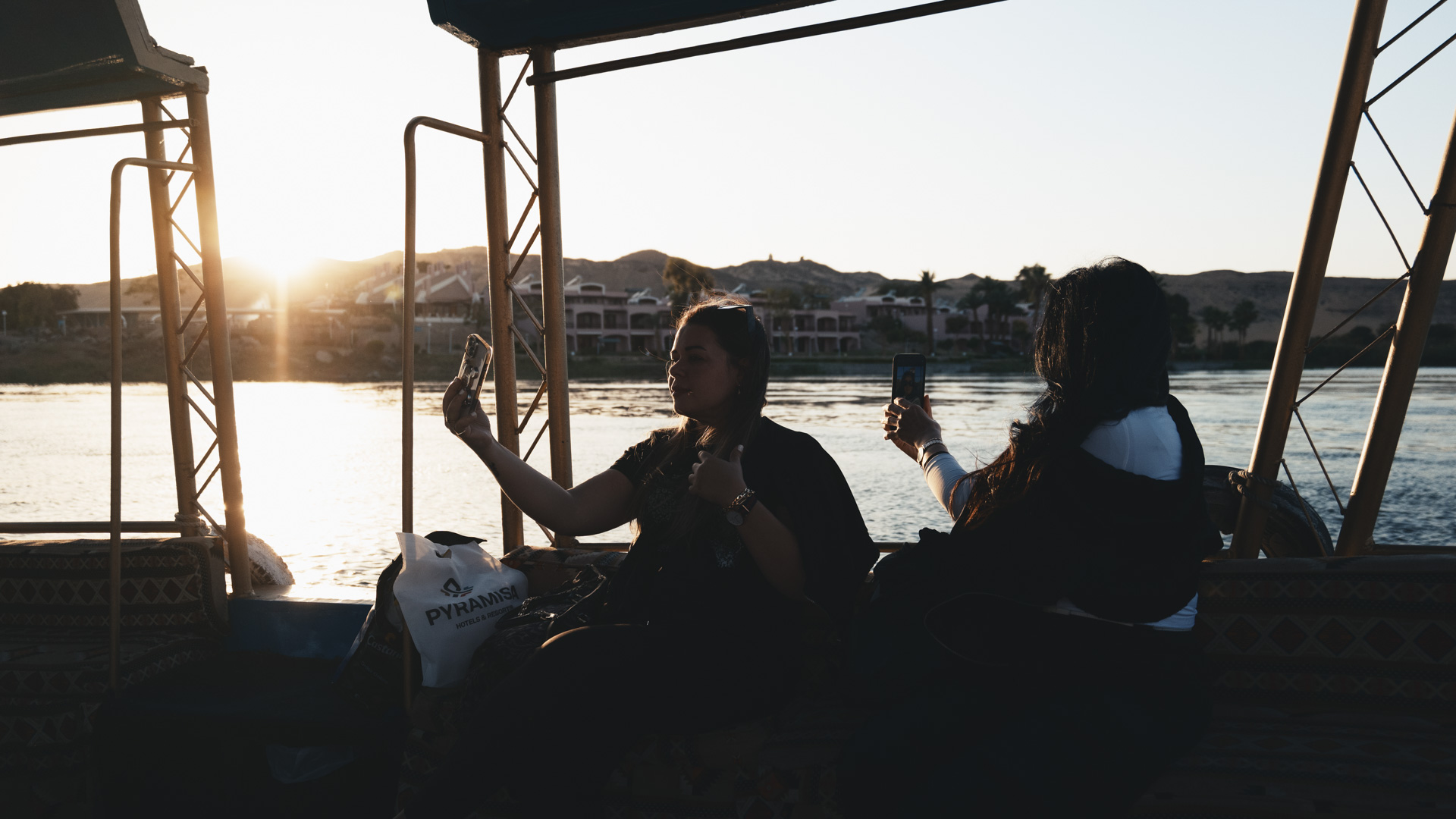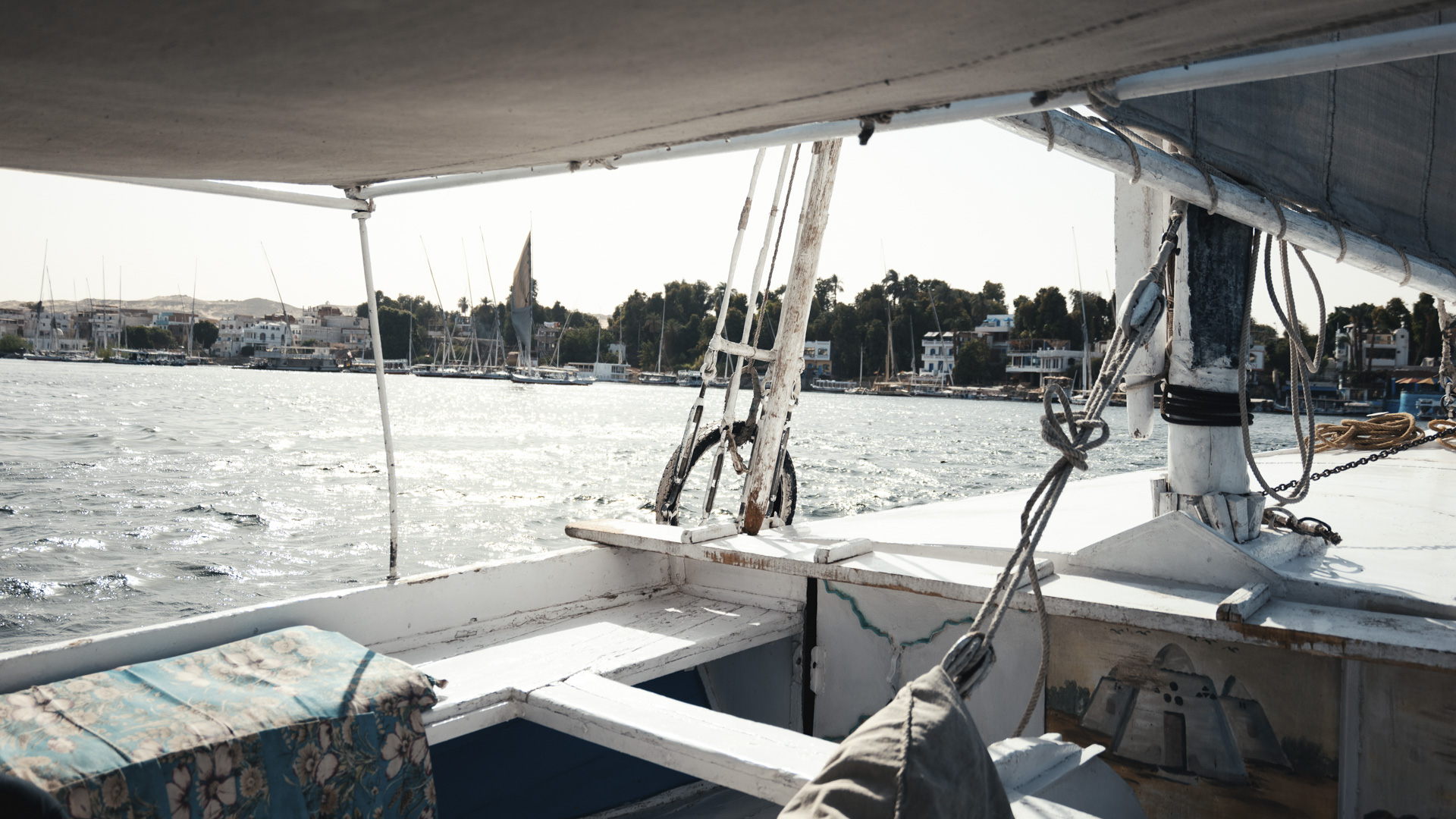
I love Fujifilm. Anyone that has followed my work in recent years will have heard me raving about it as the ideal ecosystem for travel photographers. The compact size of cameras like the X100VI, stylized film simulations, the wonderful selection of small and sharp lenses: all of it is perfectly targeted at enthusiasts and global nomads looking to express their creativity and share the places they’ve seen. So why on earth did I sell all my Fujifilm gear and change systems?
For all of Fujifilm’s appealing aesthetics and features, there are a number of compromises that come with it, which can make things challenging for those of us who make our living with our cameras. First of all, the Fujifilm X-Series cameras are exclusively cropped sensors, which means less dynamic range, less subject separation (bokeh) and worse performance in low-light situations when compared to full-frame sensors. Although Fujifilm has done a lot to improve the autofocus in its cameras in the past two years, the phase-detect systems of other brands have proven to be notably faster and more reliable.
One thing that no one else could compete with, however, was Fujifilm’s highly-customizable film simulations, allowing you to get beautifully stylized images straight out of camera. Nikon and Ricoh have had stabs at it, but no one could top Fujifilm on this…until now.

When Panasonic announced the new Lumix S5 II, hybrid shooters were once again thrilled to be given such a feature-rich camera for such a competitive price. Alongside open gate video (being able to record from the full width and height of the sensor) and all-new autofocus system, Panasonic snuck in a little feature which got very little attention: Real Time LUTs.
A LUT (Look Up Table) is similar to a preset or filter which changes the colors and tones of an image. They are typically used in video editing to create the final look of the film, however Panasonic has allowed LUTs to be applied in real-time as you take photos or videos.
The difference between this and Fujifilm’s system though, is that you can apply any LUT you like, without being limited to just tweaking existing simulations in your camera. Once you’ve got them set up, you have all the joy of producing images and videos that are ready to post, but with all the added benefits of a full-frame sensor.

To some of you, this may not seem like a crucial feature, and that’s fine: we all use different tools to inspire us creatively and to produce the results our clients are looking for. In my work, Real Time LUTs allows me to load my signature styles into the camera and then see the final image come to life so I can decide exactly when to press the shutter. No trying to guess what it will look like after 30 mins in Photoshop.
Real Time LUTs also allows me to show photos to clients and talent during shoots, straight on my camera, and it never fails to make an impact when they see something that looks so cinematic coming together on the spot.
For those of you concerned about baking a look into your files, you can shoot RAW + JPEG (just like with Fuji) and keep an untouched RAW for you to edit separately if you decide to go a different way with it. In short, this Lumix-exclusive feature could help you develop your own signature style which will make your work unique and recognizable.
How to get started with Panasonic's Real Time LUTs
If you already own a Panasonic camera with Real Time LUTs, which includes the full-frame Lumix S5II, Lumix S5IIX and now the MFT Lumix G9 II, simply follow the steps below and you can start working with real-time LUTs as well.
Choose your LUTs
Much like presets, there are a huge number of LUTs available online for each camera, some free and some paid. If you’ve got the budget for it, the Kinetic Pack by Gamut is absolutely fantastic, in fact, every photo in this article was taken using a LUT from this collection.
Once you have downloaded your favorite choices, they will show on your computer as .cube or .vlt files (LUTs meant for other brands will require you convert them using LUTcalc). Copy them onto an SD card, then pop it into your camera.
Save it to your camera
Navigate to Image Quality settings, and you will see “LUT Library” appear as the second item on the list. Click into it, and you will see the standard Vlog_09 LUT that comes built into the cameras, followed by 10 empty slots for your own files. Select an empty slot and it will take you to the files on your SD card, where you can choose which LUT you want to load. Once selected, it will be saved to your camera, and you can switch SD Cards without it disappearing.
Shoot with it
In both photo and movie modes, you can access “Photo Style” in the menu, and toggle across until you reach “Real Time LUT” which will set the standard colors as V-Log and allow you to choose which LUT to use. From there on, it will be baked into your JPEGs and video files, just like Fujifilm. If you want to have even more control, you can go back to the “Photo Style” menu and scroll until you find “My Photo Style 1” where you can choose a LUT as well as control which base profile you have (ie. Vivid or Natural), which will open up a whole new variety of contrast and saturation levels for you.

There you have it. My full-frame Panasonic Lumix S5 II packed with hybrid shooting options, and the ability to produce stunning images and videos without a minute spent on editing. Fujifilm, I still love you, but I’m afraid it’s Lumix that takes this round.







